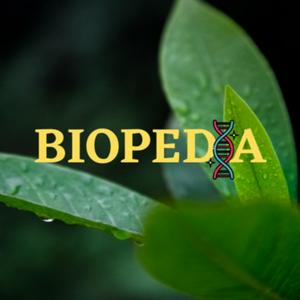102- Hyperdontia and Hypodontia
As it turns out, Louis XIII of France and Drypetina of Pontus have something in common. They have hyperdontia, or too many teeth. Today, we go through the phenomena of hyperdontia, hypodontia and concomitant hypo-hyperdontia.
Sources for this episode:
Ammianus Marcellinus (1956) in Three Volumes (Vol. I). Translated by J. C. Rolfe. Cambridge, Massachusetts and London: Harvard University Press and William Heinemann Ltd.
Eshgian, N., Al-Talib, T., Nelson, S. and Abubakr, N. H. (2021), Prevalence of hyperdontia, hypodontia, and concomitant hypo-hyperdontia. Journal of Dental Sciences 16: 713-717.
Gracco, A. L. T., Zanatta, S., Valvecchi, F. F., Bignotti, D., Perri, A. and Baciliero, F. (2017), Prevalence of dental agenesis in a sample of Italian orthodontic patients: an epidemiological study. Progress in Orthodontics 18:33.
Littlewood, I. (2002), The Rough Guide: History of France. London: Rough Guides Ltd.
Peker, I., Kaya, E. and Darendeliler-Yaman, S. (2009) Clinical and radio- graphical evaluation of non- syndromic hypodontia and hyperdontia in permanent dentition. Medicina Oral Patologia Oral y Cirugia Bucal 14: e393e7.
Pliny (1961), Natural History in Ten Volumes (Volume II: Libri III- VII). Translated by H. Rackham. Cambridge, Massachusetts and London: Harvard University Press and William Heinemann, Ltd.
Snow, P. and Macmillan, A. (2022), Kings & Queens: The Real Lives of the English Monarchs. London: Welbeck.
Author unknown (1830), A Collection of the Most Instructive and Amusing Lives Ever Published. Volume VIII: Lord Herbert and Prince Eugene. London: Whittaker, Treacher, and Arnot.
Author unknown, Wikipedia (date unknown), Agrippina the Younger (online) (Accessed 15/10/2024).
Author unknown, Wikipedia (date unknown), Drypetina (online) (Accessed 15/10/2024).
Author unknown, Wikipedia (date unknown), Louis XIII (online) (Accessed 15/10/2024).
